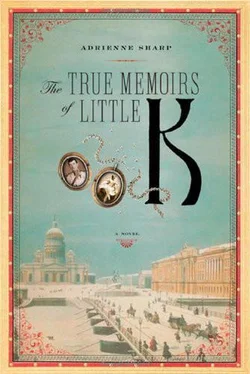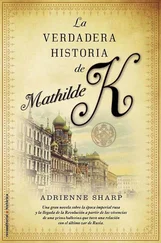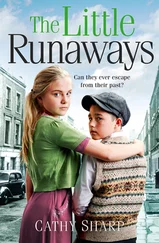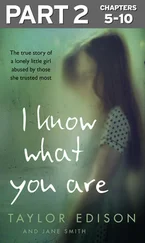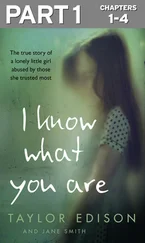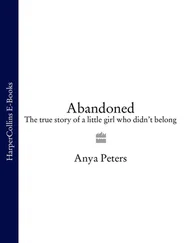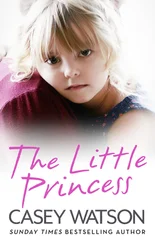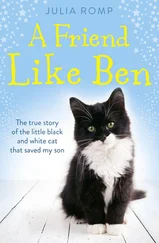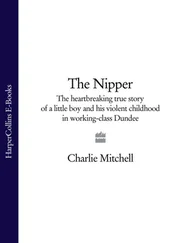_______
Now for the tinder.
Just three days later, on January 9, it exploded when Father Gapon, a priest who had been working with the poor peasants laboring in the factories, felt compelled to lead these suffering people to the Winter Palace to tell the tsar of their sorrows. Gapon wanted the tsar to hear of the poisonous fumes that filled the unventilated factories, of the typhus and cholera spawned from the industrial waste, of the peasant children working sixteen hours through the long Russian night, of the machinery that tore out an eye or severed a limb, after which the worker was paid a few rubles and fired, of the searches the workers endured at the factory gates, of the floggings they endured for violations, the pay docked for using the toilet, the piles of clothes used as bedding in the factory barracks or the cellars and stairways where the workers slept like serf beasts at the mercy of their factory boss squires. The irony of Gapon’s desire was that he was paid by the tsar’s police to sponsor unions expressly designed to keep the workers enduring these conditions, to keep them from joining the radical Socialist Democrats and their unions, which urged the workers to revolt rather than endure. At Gapon’s meetings, decorum reigned: the workers drank tea, recited the Lord’s Prayer, sang the national anthem. But I suppose Gapon’s pity for them ultimately overwhelmed his mission to subdue them, and so he dreamed up the idea to stage a great theatrical allée , to provoke a solution to their great enslavement. Their tsar would help them. It had been only because the tsar’s windows looked out onto the beauty of the river that he had missed their misery. Or perhaps the enfilades were too many rooms deep and word of the workers’ misery did not penetrate. Or perhaps the tsar had been too busy with the papers on his desk and the mighty worries of the war with Japan, his mind on matters far away, and so he did not see the suffering right there within a half verst of his study walls. But once he knew of the intolerable conditions under which the peasants toiled at his factories, their Tsar-Batiushka would surely hold out his hands and smooth everything over with the right strokes of his pen. For, after all, the tsar always says yes; it is his little dog that barks no. So with this hope pounding in his breast, Gapon and the workers gathered by the hundred thousand at six points in the city and proceeded on foot along the streets designed like the spokes of a wheel by the European architects of the beloved eighteenth century—Lambert, Trezzini, LeBlond—spokes that led to the Admiralty and to the Winter Palace, the hub of it all.
But Niki had no intention of hearing the pleas of the striking ironworkers and the workers of the electrical plants, had no intention of receiving this crowd. And why should he? Walking in the wilds of Sarov with his Rus peasants, his humble little brothers, he would allow them to touch his hands or kiss his shadow or tell him their troubles, but why should he have to receive angry rabble at the doors of the palace, especially rabble corrupted by socialists and intellectuals who cared nothing for the peasants and used them as tools for their own ends, ends the peasants knew nothing about?
Vova called me to his balcony when he heard the first of what sounded to him like a big parade, and I joined him there to watch the procession cross the Troitsky Bridge toward the palace. I pointed out to Vova how the men and women and children carried icons and portraits of the tsar and flags and banners, including one that stated, disconcertingly, Soldiers, Do Not Shoot at the People! , which the children at the front of the column gripped in their small hands. Do Not Shoot at the People . Posters had been pasted up around Petersburg inveighing against the march, and cannons had been placed in the palace square and cavalry assembled in front of the palace and in the Alexandrovsky Gardens, and twelve thousand soldiers had been posted along the streets, on Nevsky Prospekt, on the Troitsky Bridge, at the Neva Gate. The line of people marched as solemnly as a church processional of Holy First Communicants, past the soldiers and the Cossacks stationed along the bridge, while my skin began to tingle with foreboding. The Cossacks liked to kill and to kill at close range. Why do you think the tsar used them for his personal bodyguards? Bystanders at the edges of the bridge and the curbs of the street just beyond pulled their hats peaceably from their heads or crossed themselves as the column plowed past—after all, a priest carried a large cross at the head of the parade. The workers’ petition had been sent ahead to their tsar and was later printed in the papers: Sire, we come to thee to seek justice and protection. We are impoverished; we are oppressed, overburdened with excessive toil, contemptuously treated. We have reached that frightful moment when death is better than the prolongation of our unbearable sufferings. Batiushka, hear our plea .
As Vova and I stood there, Vova dancing from the cold, I heard shots, the sounds faint but a fat number of them, and Vova began to pantomime the firing of an imaginary gun. I thought, Surely no one would be firing on those women and children , these men holding portraits of the tsar, but I called to my maid anyway to bring Vova inside, and he went off wailing that he hated me, that he wanted to stay and see, he wanted to see the people . I learned later that as the marchers approached the Narva Gates, a squadron of cavalry charged through that green arch that bore the figures of medieval Russian knights in their helmets, boots, and armor. And when the marchers still continued to press their way forward—for how easily can a crowd turn itself back?—remember Khodynka Field—the infantry pointed its rifles at the marchers, fired off warning shots, and then aimed into the crowd, suddenly, without any further delay. And who ordered this shooting of the people? Grand Duke Vladimir, Emperor Vladimir , monitoring the situation in his tall polished boots, brother of Alexander III, commander in chief of the Preobrazhensky Guards and of the St. Petersburg military district, father-disciplinarian of wayward dancers. To such a monarchist no demonstration by the people was permissible, no dissent tolerated. Hadn’t I learned that myself? Though the crowd began to scatter and stampede in confusion, the cavalry continued firing and like a shock wave from a bomb, the disorder spread outward from the gates toward the Troitsky Bridge. From Vova’s balcony, I watched the excitable Cossacks drive their horses right into the crowd stalled there and bring their whips and sabers down upon the hats of the men and the kerchiefs of the women and the blades split the face of one man into two faces and he fell with his faces onto the street. At that I bolted into the house where my son was waiting to flail at me with his fists and cry as if he had missed the sight of a pack of Siberian wolves skulking past his door. I held him, a small angry puddle, in my arms while outside in the pandemonium, people tried to flee back the way they came, back down Nevsky Prospekt, pressing themselves into the Alexandrovsky Gardens as if to hide among the trees or lose their pursuers on the garden paths, and the Cossacks and the mounted Guards cut through the procession and then back again, shooting so wildly that children, who, like Vova, had found themselves some high perch by which to view the parade, some tree or garden statue or top of fence, were felled like small beasts. In the middle of this chaos, Father Gapon, that yourodivi , that idiot, stood in the palace square in disbelief, his big crucifix at his feet, hundreds of bodies bleeding into the snow that stretched white and wide into the distance all around him, and cried out, There is no God. There is no tsar .
Читать дальше
